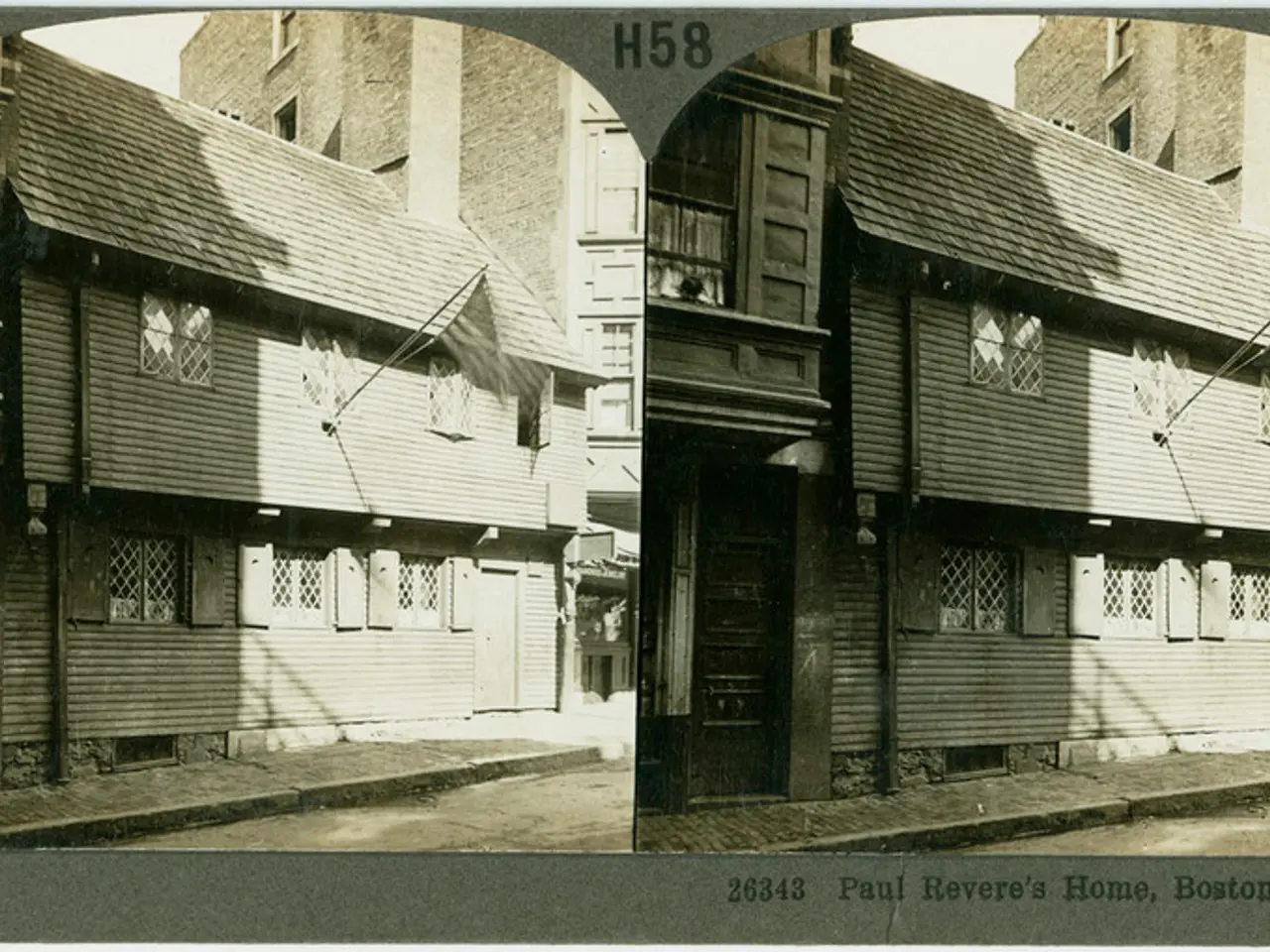Eiffel Tower's Controversial Birth to Enduring Icon
The Eiffel Tower, a symbol of Paris and France, has a rich history that began with controversy and ended with enduring popularity. Designed by Gustave Eiffel for the 1889 World's Fair, the tower faced criticism from renowned artists, including Guy de Maupassant, before its construction. Eiffel himself funded a significant portion of the project, acting as both entrepreneur and investor.
Eiffel, a Parisian blacksmith turned engineer, specialized in steel structures. He envisioned the tower as a scientific and observation platform, alongside its monumental purpose. The construction, completed in just 27 months, was a remarkable feat of engineering. The tower served multiple purposes, including air measurements, radio signal transmission, and as a strategic radio mast during World War I.
Initially planned to be dismantled after 20 years, the Eiffel Tower's usefulness and popularity led to its permanent status. Today, climbing its 1665 steps rewards visitors with a panoramic view of the city and the Seine River. Its design has become an iconic symbol of Paris and France, connecting technology, symbolism, and national self-presentation. Ralf Klingsieck's book, 'Monsieur Eiffel and his Tower', offers a detailed account of the tower's history and significance.
From initial controversy to enduring popularity, the Eiffel Tower stands as a testament to Gustave Eiffel's vision and engineering prowess. Its multiple uses and iconic design have made it a lasting symbol of Paris and France, attracting millions of visitors each year.






